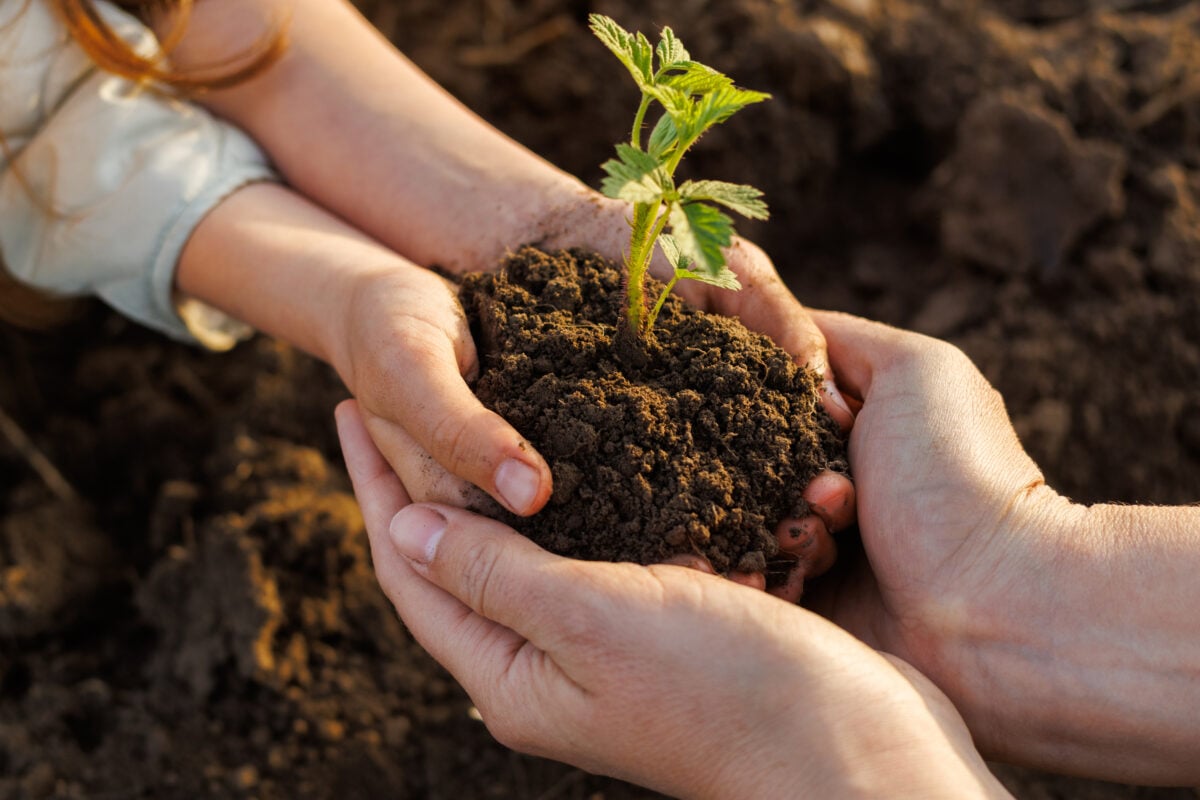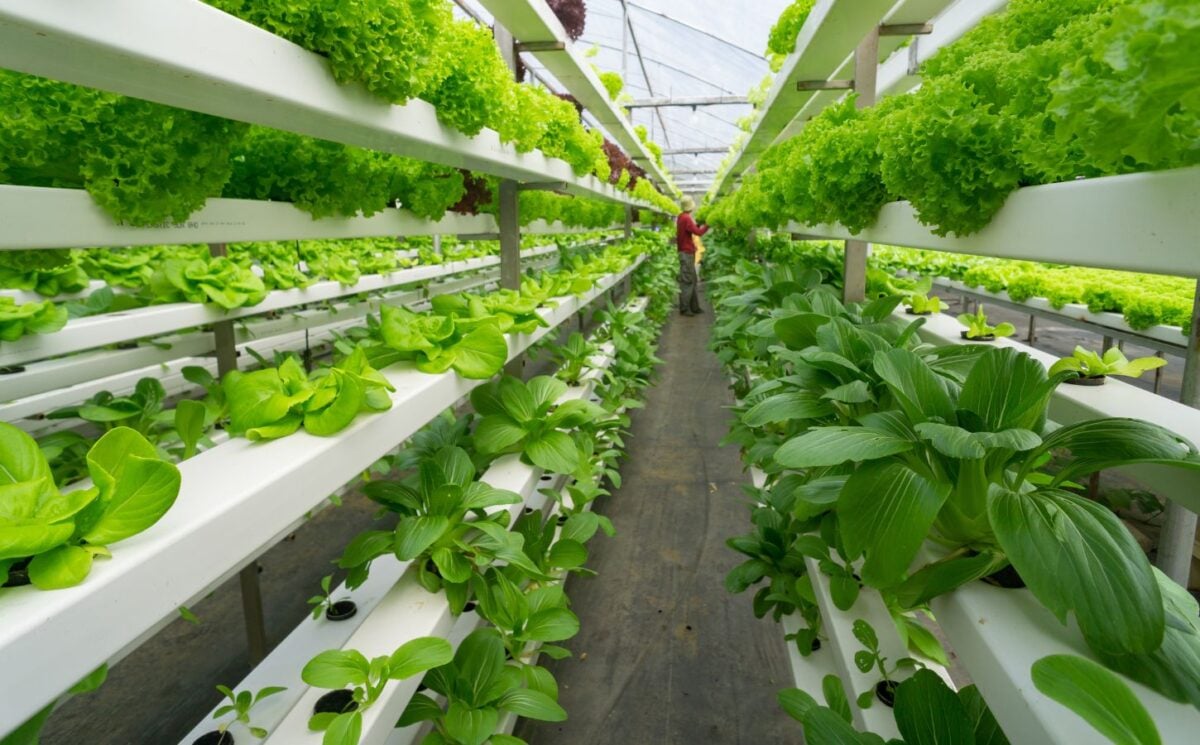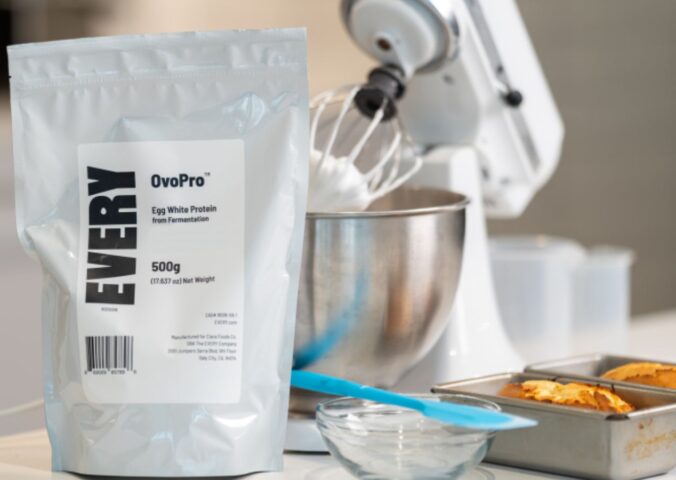New research explores how UK diets could change by 2050, including increased emphasis on low-impact, nutrient-dense foods like seaweed, and technology like 3D printing.
The research includes predictions about ingredients, food production, farming methods, and even how meals are shared. It was commissioned by meal kit company HelloFresh and carried out by Morgaine Gaye, a food futurologist, and Joseph Poore, an Oxford University climate scientist.
HelloFresh commissioned the work as part of its “recipes of the future” campaign, which looks to tackle the growing problem of food waste by reusing and upcycling discarded parts. Leftover rice and vegetables, for example, could be used to 3D-print new dishes, like sushi.
The research predicted that many of the crops that exclusively grow in warmer regions – such as aubergines, soybeans, and chickpeas – could be available locally as the climate crisis raises the planet’s temperature. Meanwhile, nutrient-dense, hardy, and sustainable plants like buckwheat, sorghum, cacti, and aquatic, carbon-storing seaweed are likely to be on 2050 menus.
“Our diets will probably look different in 2050, but perhaps not in the way that people might think,” said Poore, as reported by Food Manufacture. “Climate change will mean that a broader range of drought and heat-resistant crops will need to be cultivated, some of which our ancestors would have grown. We’ll also need to eat a diet lower in animal products to avert severe global warming – these foods will be good for our health and the planet.”
Read more: AI Technology And Fermentation Could Replace Sugar With Healthy ‘Sweet Proteins’
Food systems in 2050: community-led, hyperlocal, and GHG-absorbing

The United Nations Population Division predicts that the world will reach 9 billion people by the late 2030s, and 10 billion by the late 2050s. Approximately 35 percent of the current global population does not have access to a nutritious diet, even though a third of all produced food is either lost or wasted every year, at great environmental cost.
The new research highlights the potential of urban agriculture and vertical farming as routes to hyperlocal, community-led, sustainable food systems, alongside greater emphasis on communal mealtimes. However, the researchers also predicted the possibility of growing food on the go for those living nomadically, using different pockets for different micro-crops.
Foods that absorb greenhouse gases (GHGs) rather than producing them, such as seaweed, could be used to simultaneously combat the climate crisis and support a healthy food system. Poore and Gaye also predicted hologram-based virtual cooking and multi-generational recipe databases, and AI-supported meal kit deliveries to reduce over-purchasing and cut waste.
“Despite all the changes in how and what we eat, the experience of cooking and eating together will remain an important way to connect with our senses, our friends and family, and the natural world. AI will not be able to replace the joy of a home-cooked meal with the people we love,” explained Gaye.
Read more: Meat Industry Drove Backlash To Landmark EAT-Lancet Food Study, Report Finds






